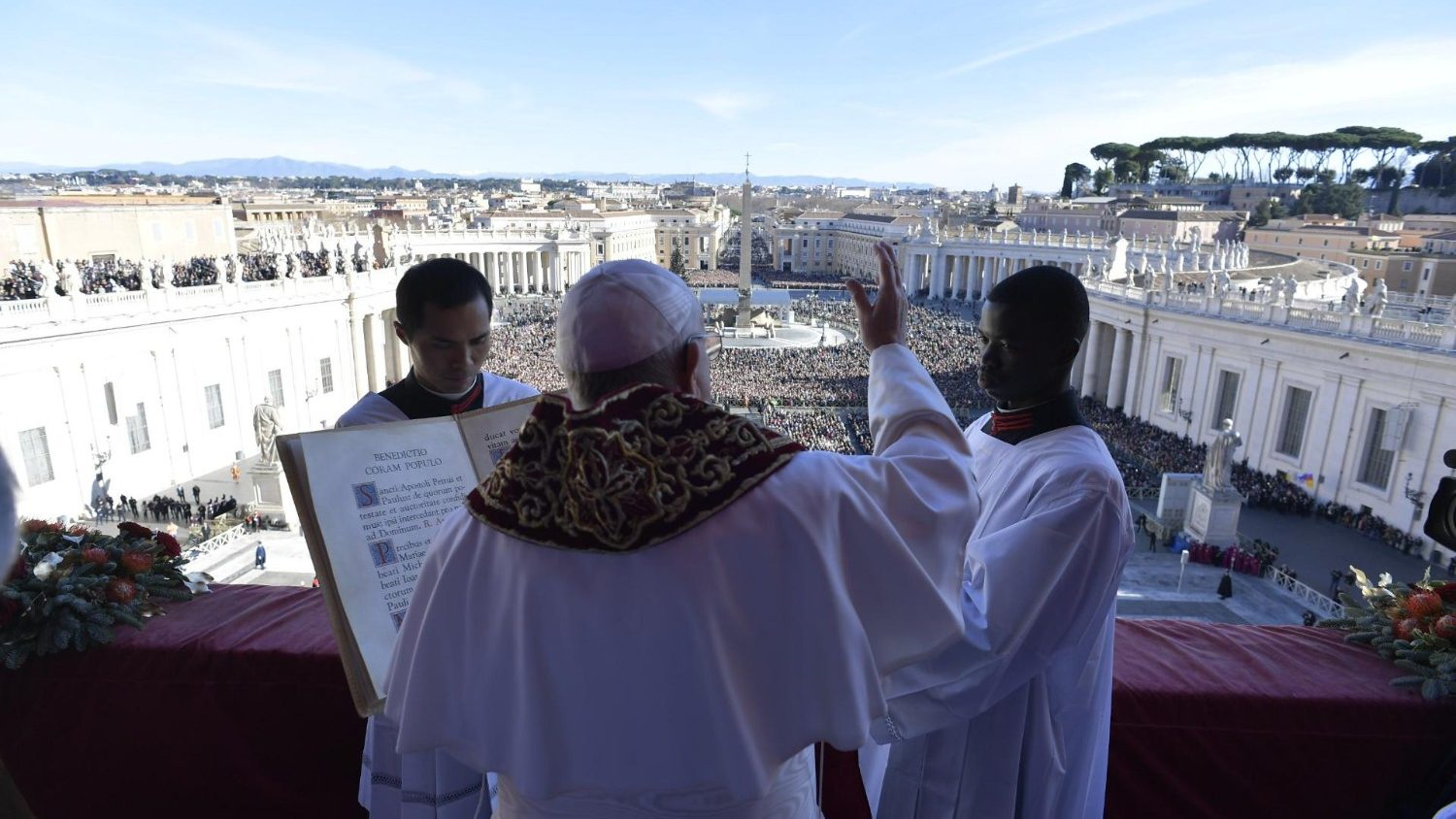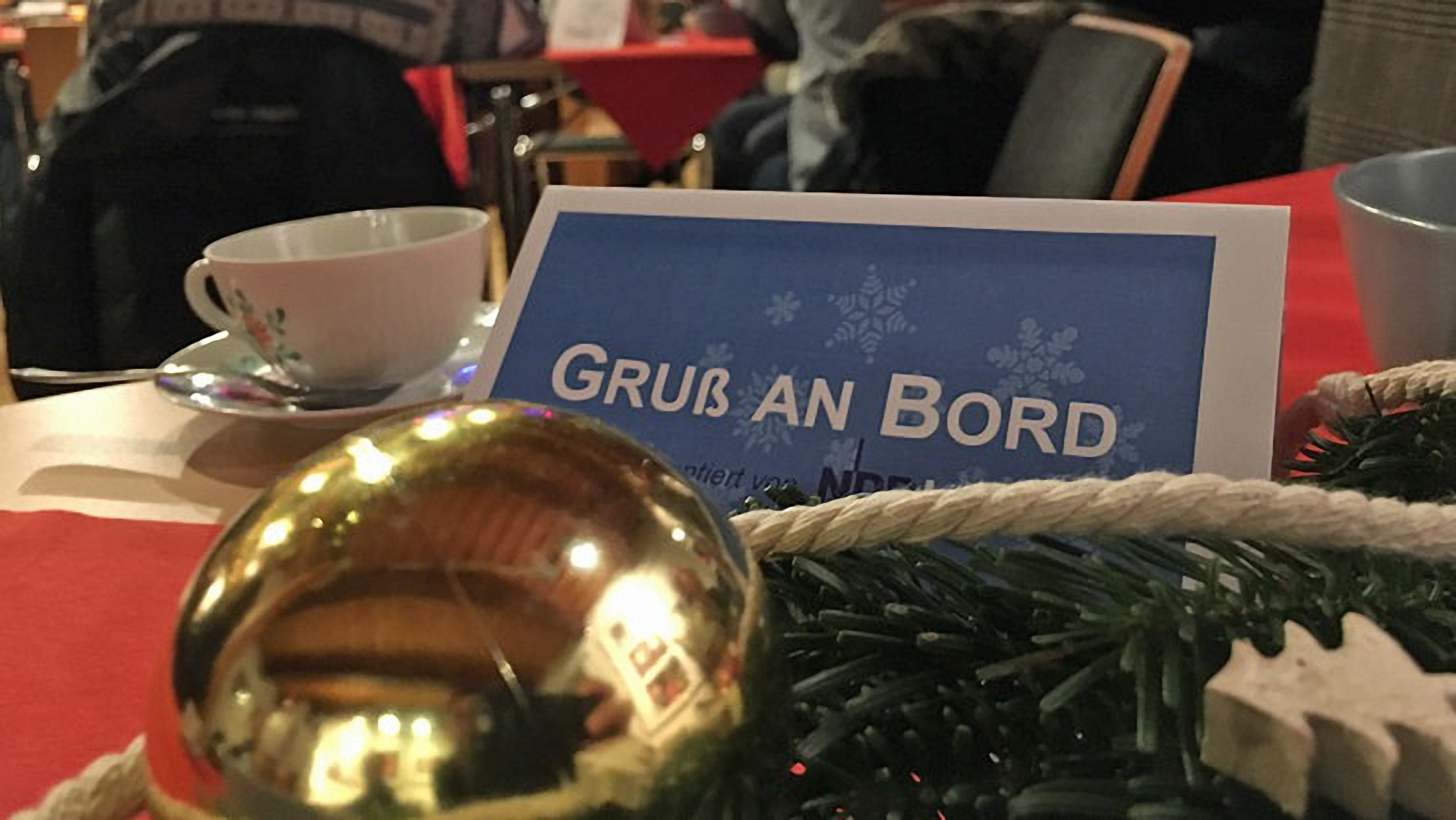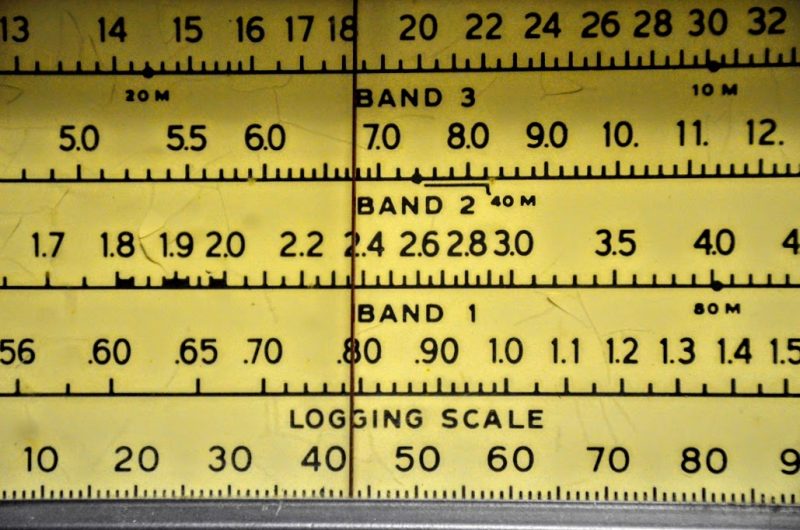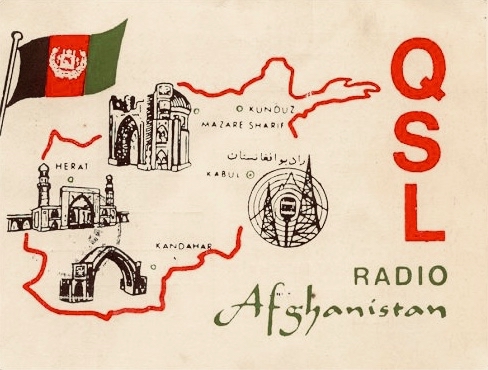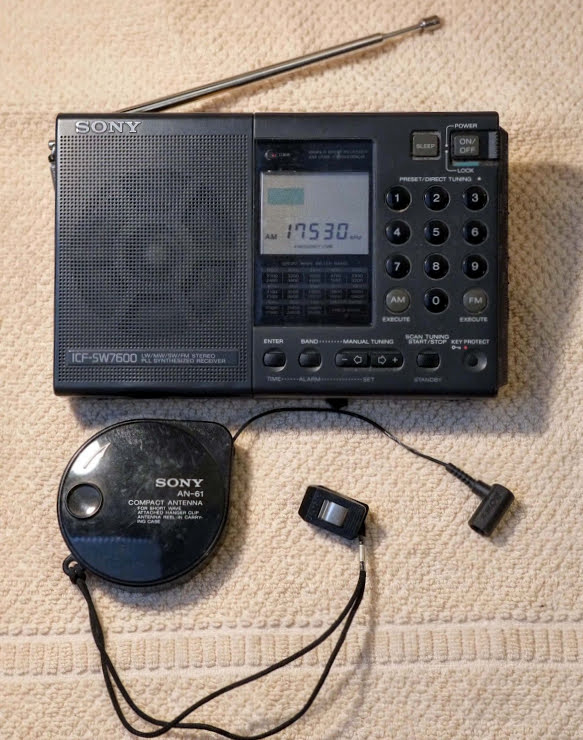Radio Vaticana - Pope's Christmas Message and Urbi et Orbi Blessing: December 25, 2018
/Live, off-air, approximately forty-minute recording of the 2018 Christmas Message and "Urbi et Orbi" Blessing of Pope Francis as broadcast by Radio Vaticana (Vatican Radio), a division of Vatican Media, on 25 December 2018 beginning at 10:50 UTC on a shortwave frequency of 15695 kHz. This broadcast originated from a 250 kW transmitter at Santa Maria di Galevia, north of Rome, and was beamed to central Africa with an antenna beam azimuth of 145°.
This broadcast was the English-commentary version of the Radio Vaticana special Christmas Day broadcasts. After the Radio Vaticana interval signal, five or siz minutes of classical music can be heard before the commentator introduces the broadcast. At about 11:00 UTC, commands of the Pontifical Swiss Guard can be heard. This is followed by abbreviated versions of The Pontifical Hymn ("Motetum Vaticanum") and the Italian national anthem ("Il Canto degli Italiani") as played by the Band of the Pontifical Swiss Guard and the Carabinieri Band of the Italian Armed Forces. The appearance of Pope Francis on the central loggia of St. Peter's Basilica is greeted with cheers. He delivered, in Italian, his annual Christmas message ahead of the traditional blessing "Urbi et Orbi" (to the city [Rome] and to the world). This was translated simultaneously by the commentator. Pope Francis also recited the Angelus prayer and the plenary indulgence (in Latin). Following his speech, there was a military salute to Pope Francis with abridged versions again of the anthems. The Bells of St. Peter's peal as the Swiss Guard and the Carabinieri exchange salutes. After the interval signal, two popular Christmas music tunes featuring pan pipes end the broadcast.
The broadcast was received by the Web-interface wideband software-defined radio at the University of Twente in Enschede, The Netherlands, with a "Mini-Whip" antenna in AMSync mode with 5.08 kHz total bandwidth RF filtering. Reception was very good with a reasonably strong interference-free signal with only slight fading at times.

